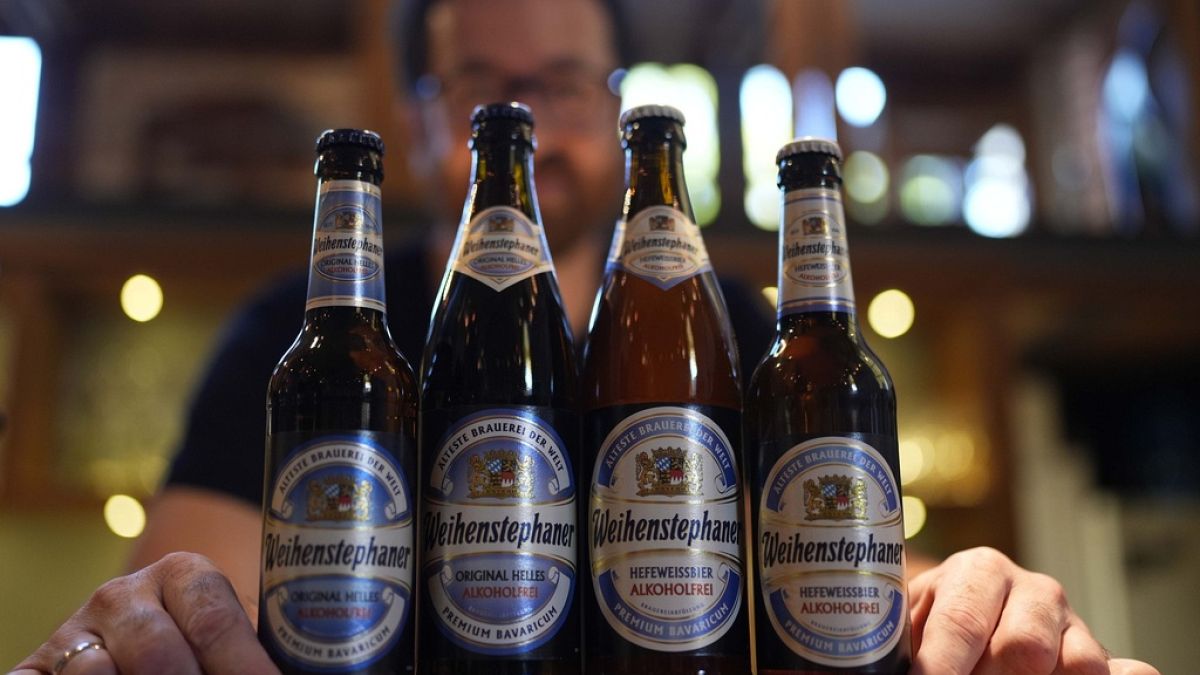Two months of talking to Taranaki people has exposed the split between the farming industry and the rest of the region over polluted rivers.
Taranaki Regional Council community meetings in June and July found most people want cleaner waterways as soon as possible – but the farmer lobby wants a slowdown, worried they’ll shoulder too high a cost.
Iwi and hapū reinforced their consistent call for the highest freshwater standards at hui across the region, calling for awa healthy enough for people to collect kai.
The council went out to ask Taranaki citizens what targets should be set in a new Land and Freshwater Regional Plan for things like E. coli bacteria, sediment, nutrients, water allocation and farm practices.
Taranaki Regional Council policy manager Lisa Hawkins told the powerful Policy and Planning Committee there were mixed views on how long it should take to fix the rivers.
Mostly, the Taranaki Regional Council suggests a 30-year timeframe to meet targets, said Hawkins.
“Parts of our community said it was going to take much longer than 30 years to reach some of those [targets] and if we pushed too hard and too fast we’d be adding cost and financial burden to people.
“Whereas others were saying actually we can’t wait 30 years, some of the environmental challenges we’re facing need to be addressed earlier than that – and that was a particularly strong view expressed by tangata whenua as well.”
‘Quite a lot of scrutiny’
Drop-in community meetings attracted 549 people plus 15 for the online version, 74 went to special interest group meetings, 70 attended hui for iwi and hapū, 22 wrote personal submissions and 230 completed an online survey.
There was resistance “particularly from industry groups” to renewing the freshwater plan when the Government has promised to change the rules, said Hawkins.
But councillors committed to a new plan back in February, largely because the overdue renewal of the 22-year-old plan had already been delayed multiple times as incoming governments signalled rule changes.
Hawkins repeated the promise she has made throughout the year: “When we know more from Government we’ll have a look and we’ll stop and see if that does have an impact on our planning programme.”
Intensifying dairy farming is the main cause of Taranaki water pollution but farmers didn’t want to be told how many cows they could have.
“Stocking rates as a proxy for managing further intensification did come under quite a lot of scrutiny,” said Hawkins.
The kickback was so strong the council would likely drop the approach, with evidence unclear about how well limiting stock would improve streams across the region’s variety of farms.
‘Trying to hold the line’
The Government last week announced it would no longer require resource consents for future intensification, which Hawkins said would leave a hole in the rules.
“But we are still looking to manage future intensification in this plan… and we did have a lot of feedback from the community.

“Parts of our community feel that Taranaki is too intensified now in terms of the land use that we have, but we’re not looking at stepping into that, we are just really trying to hold the line.”
Māori had been particularly keen that awa be looked at across entire catchments.
The committee’s Tokomaru waka representative and Te Rūnanga o Ngāti Mutunga pouwhakahaere Mitchell Ritai said more monitoring was needed.
Only two catchments were monitored across Taranaki’s three most northern tribes, and no Ngāti Mutunga awa were included.
Ritai said applying perspectives from mātauranga Māori (knowledge systems) and mahinga kai (food gathering practices) had been critical in Ngāti Mutunga’s efforts to get the Urenui River clean and to fight Remediation New Zealand’s toxic industrial waste composting site at Urutī.
“Those two aspects have proved useful for us to demonstrate the overall impact.”
He said iwi wanted culturally informed evidence to be part of the council’s future.
‘It’s a journey for people’
Stratford District Council representative Grant Boyde said farmers told him they’d learned a lot from the Taranaki Regional Council’s drop-in meetings.
“There were some that I talked to that hadn’t realised some of the issues that were happening and learned a hell of a lot more.”
At Taranaki Regional Council’s first community meeting in Ōkato in June, councillor Donna Cram questioned whether most of Taranaki’s pollution was coming from farms, despite mountains of evidence presented to the Policy and Planning Committee on which she sits.
She agreed with Boyde that education was needed.
“It’s a journey for people to start to understand and I think the start of that journey was that consultation, for a number of people.”
Cram was until recently on Taranaki Federated Farmers’ executive and was 2023 Fonterra Dairy Woman of the Year and she still struggled to see beyond the farmer perspective by the end of the meeting.
“In the report I got the sense that people wanted to make sure we took our time and did it well.”
Hawkins’ hour-long presentation had made it as clear as clean water that was what farmers wanted – but that the rest of Taranaki was impatient for change.
LDR is local body journalism co-funded by RNZ and NZ On Air











